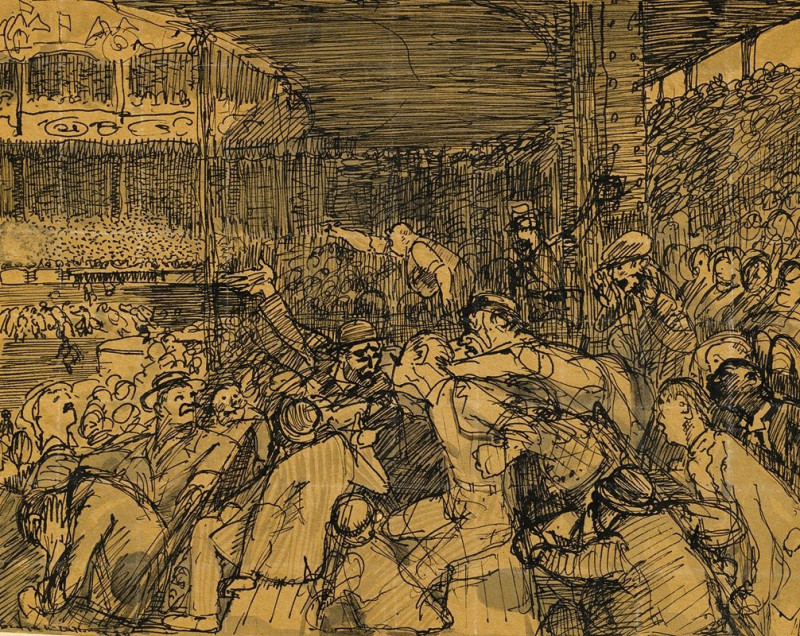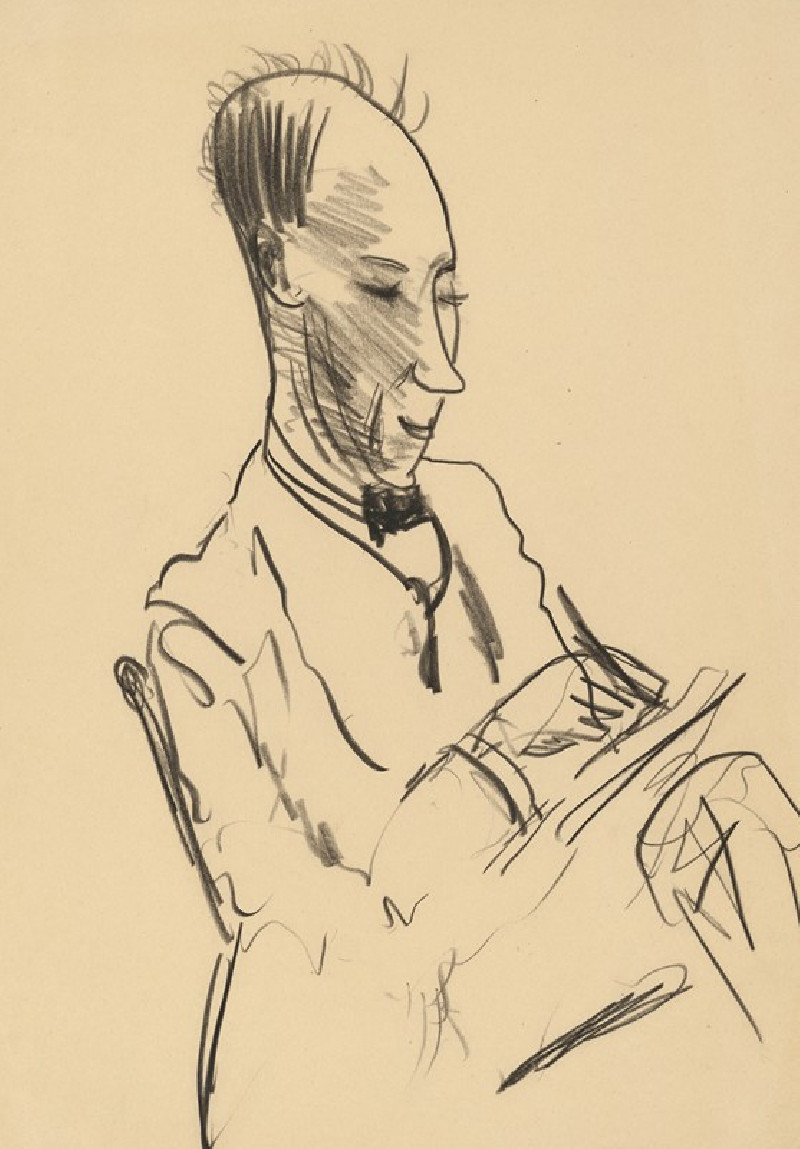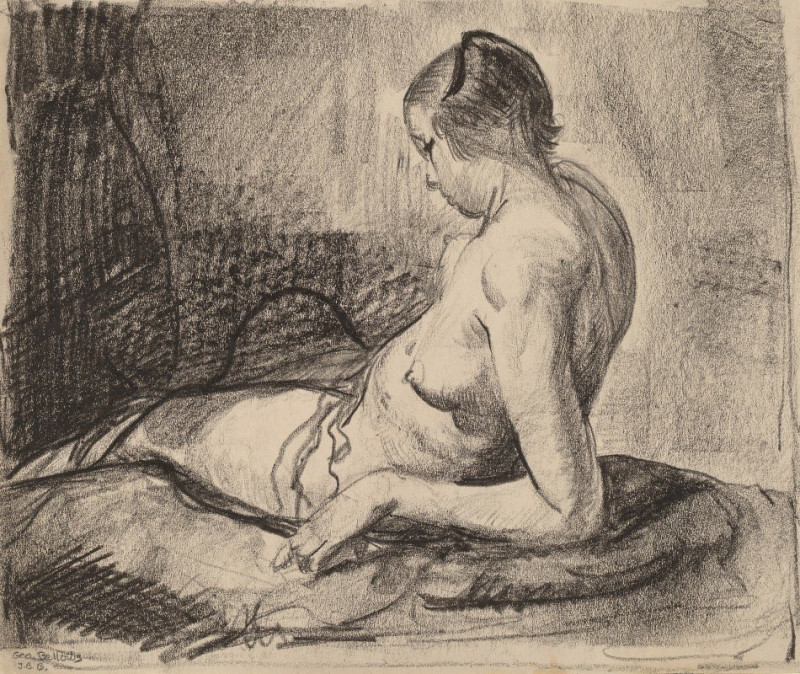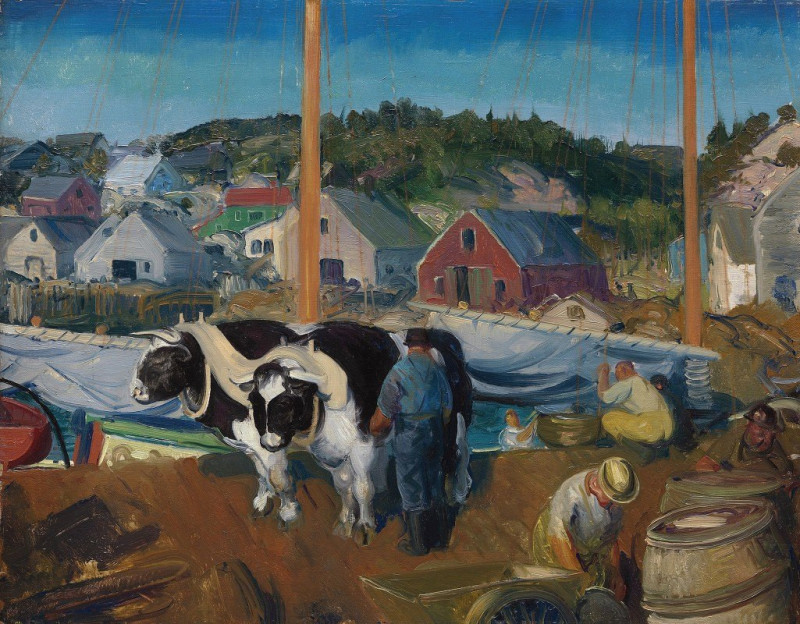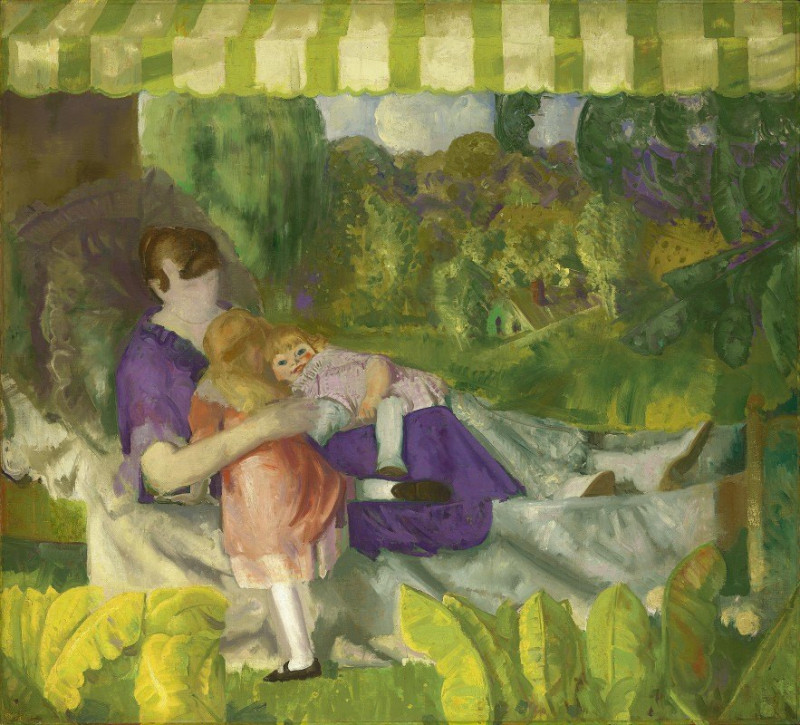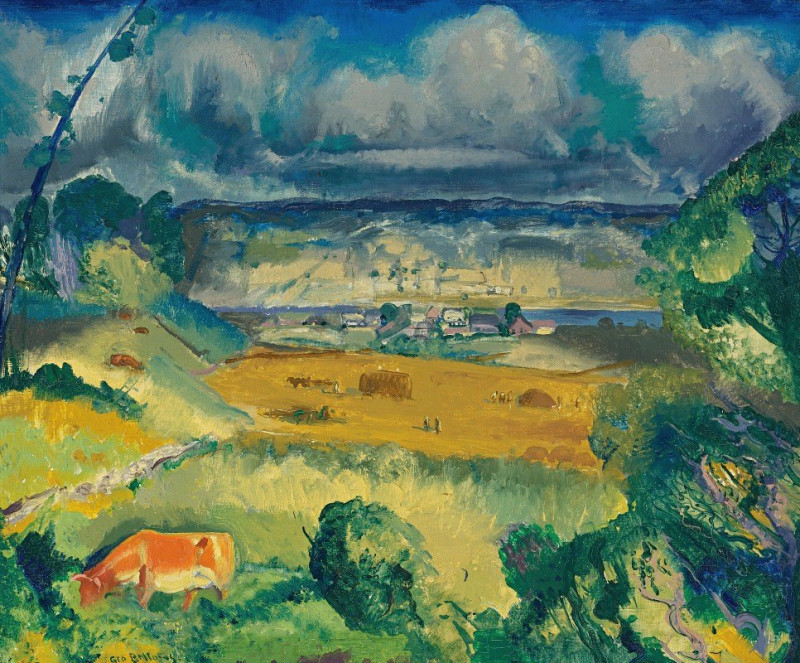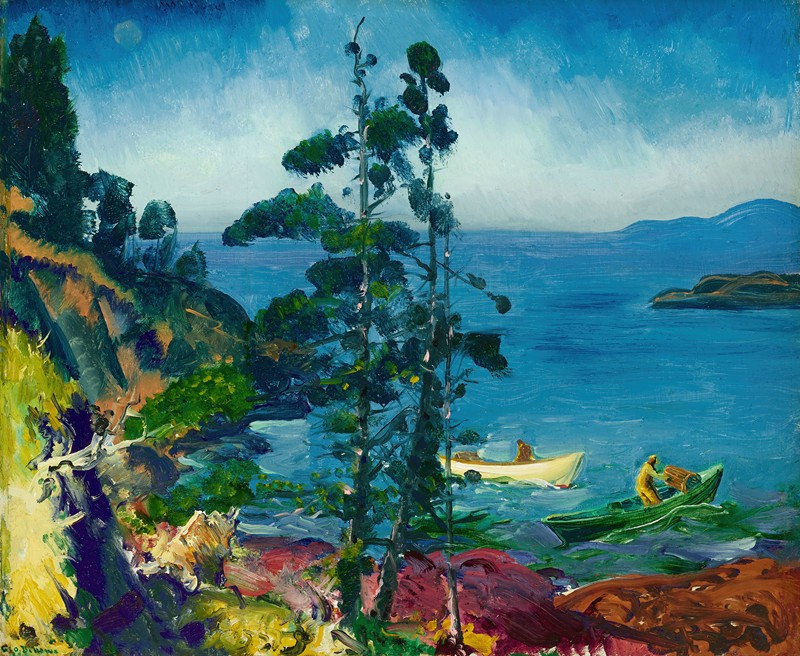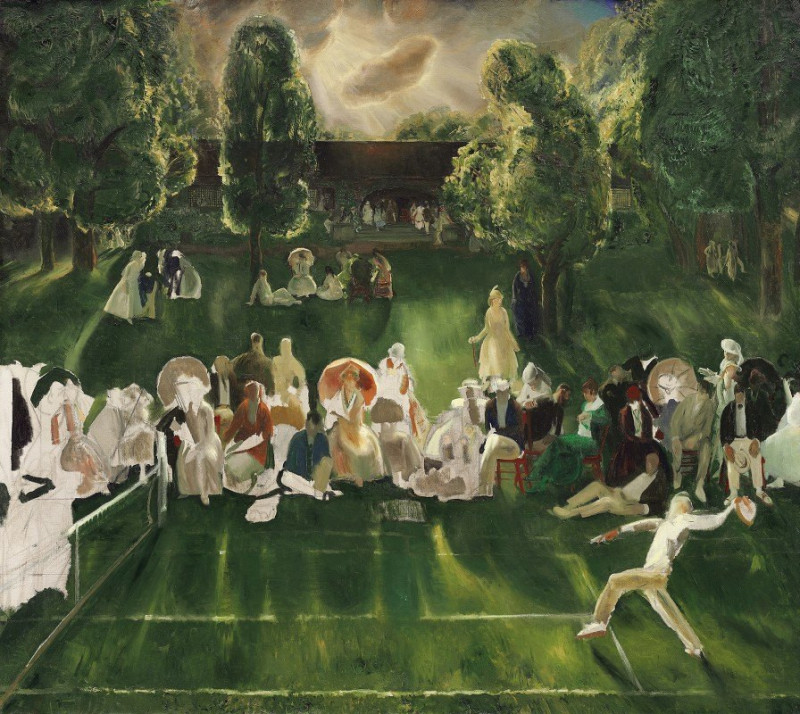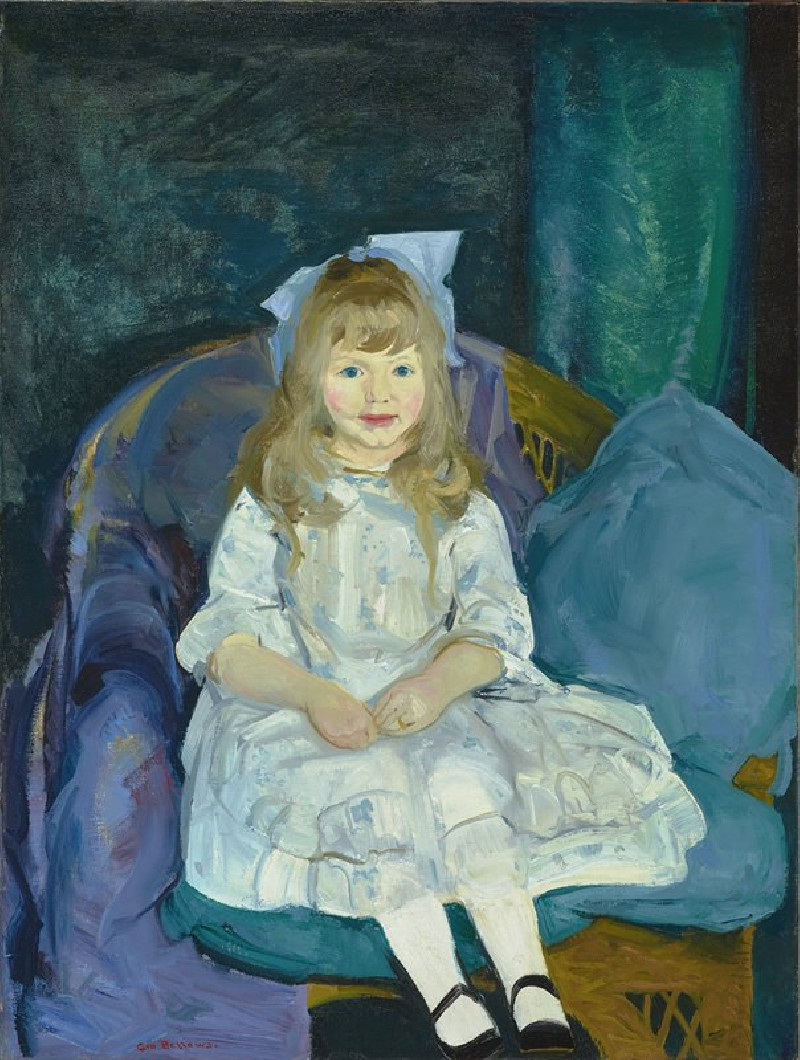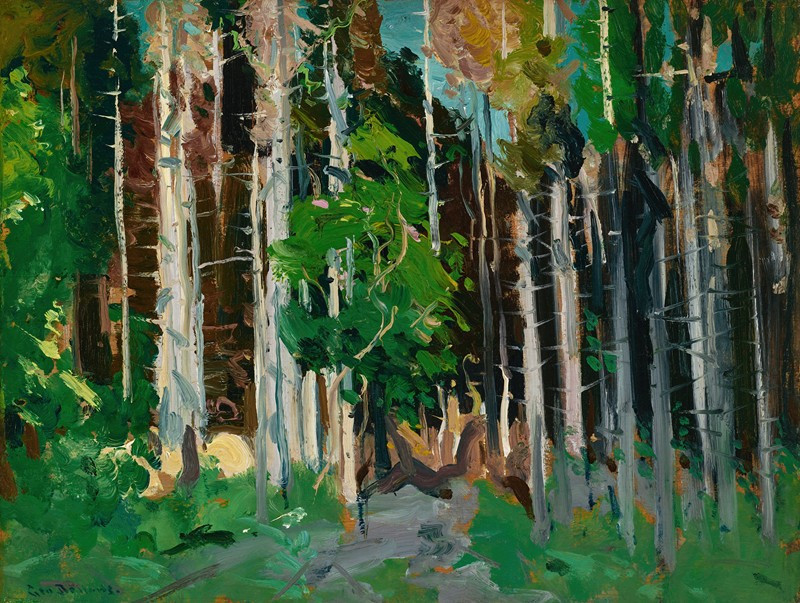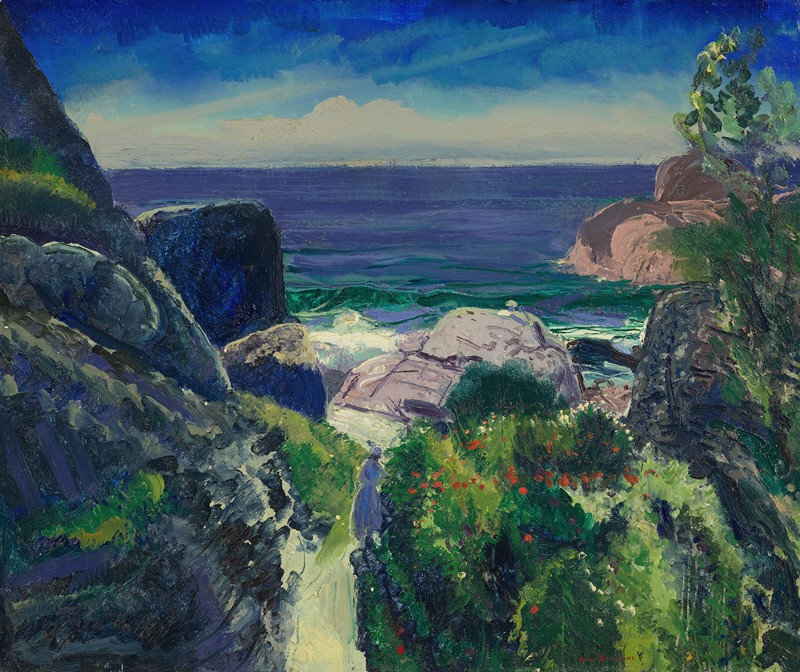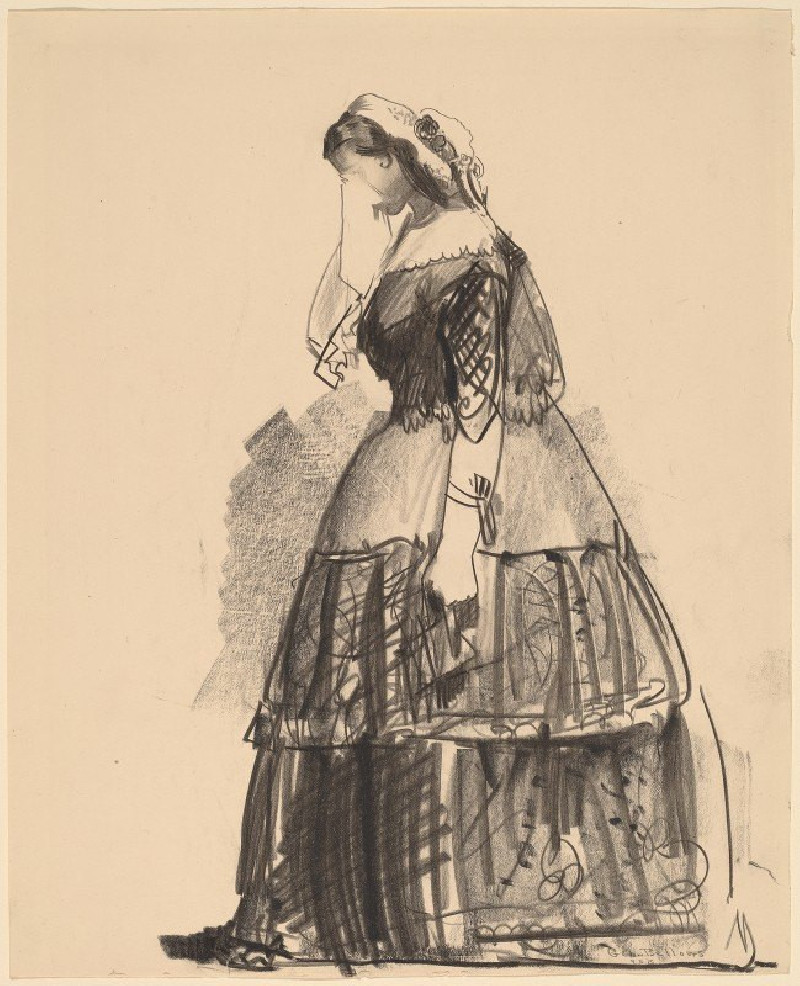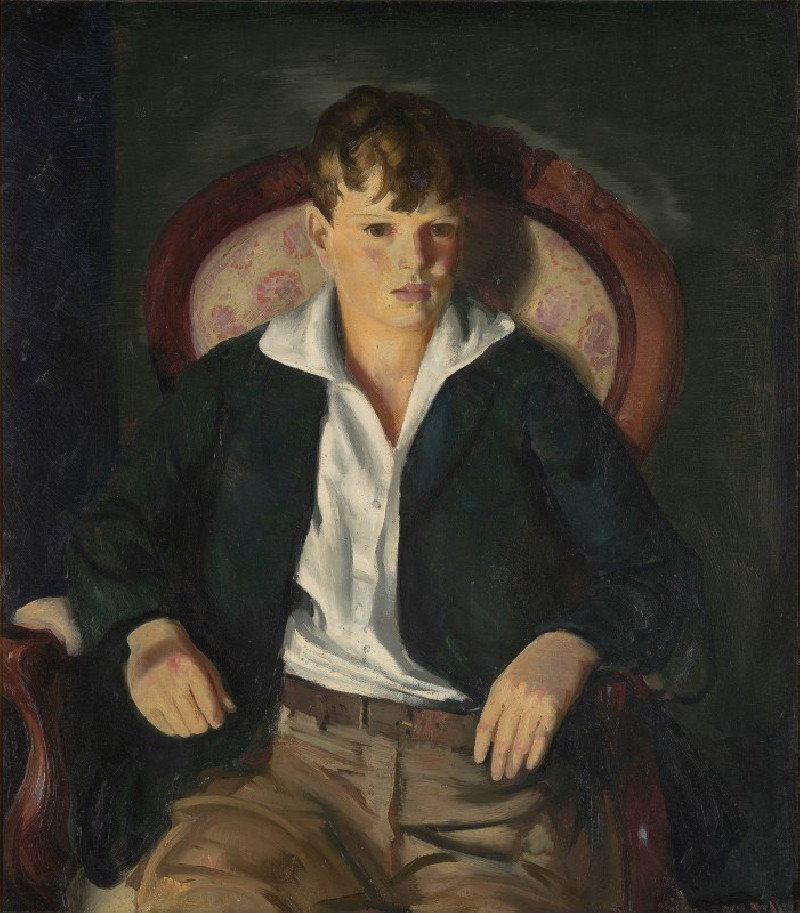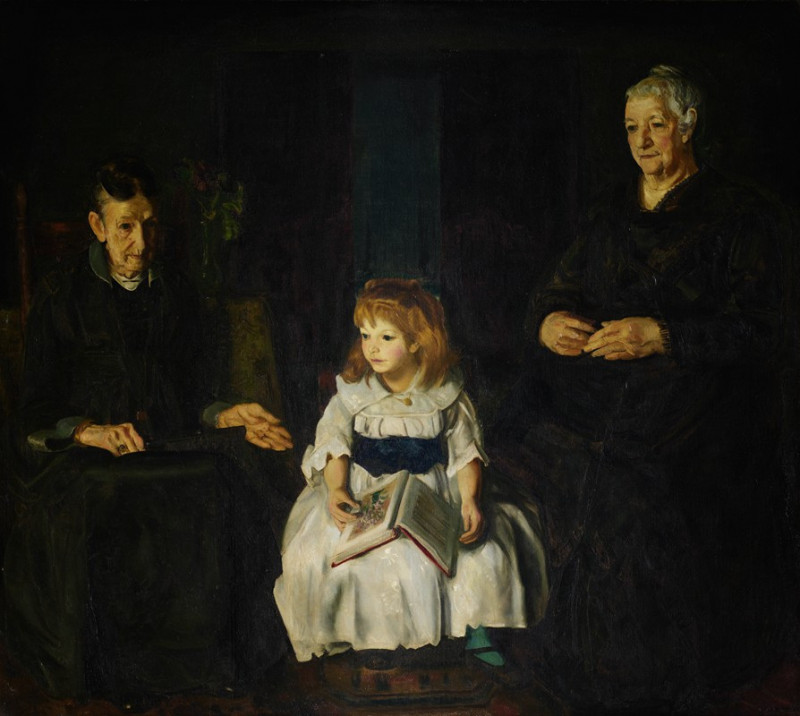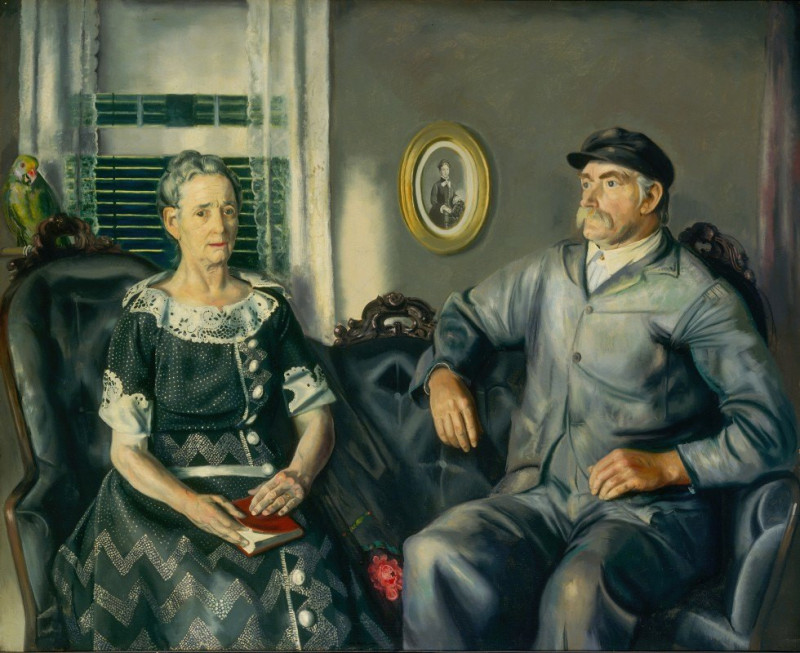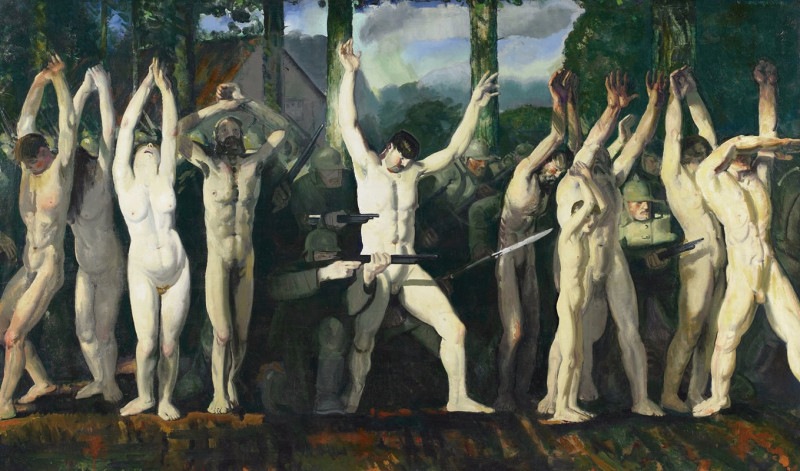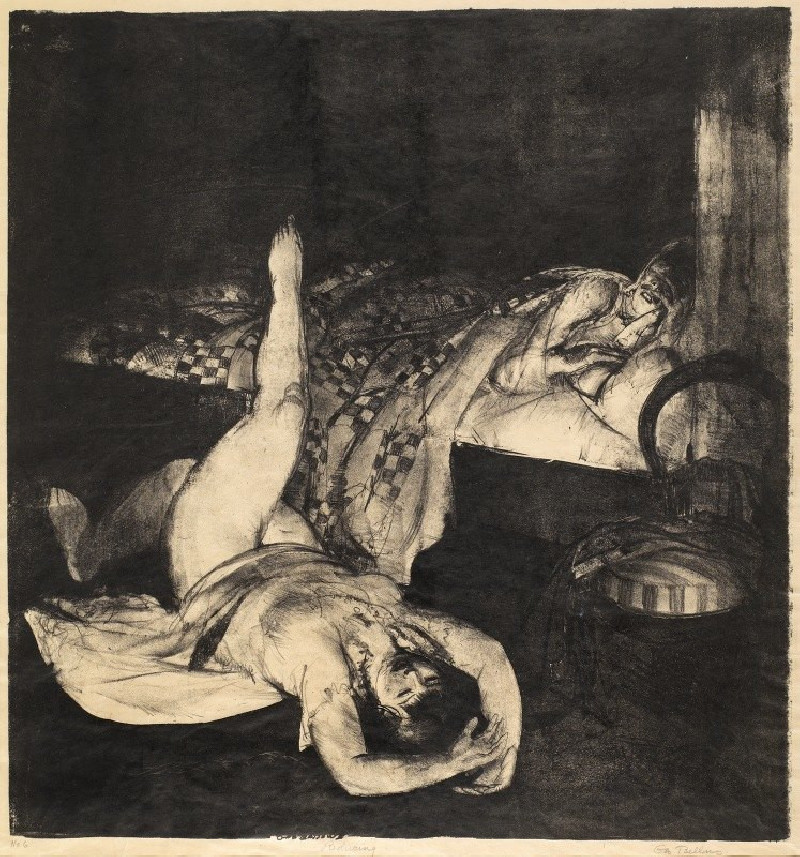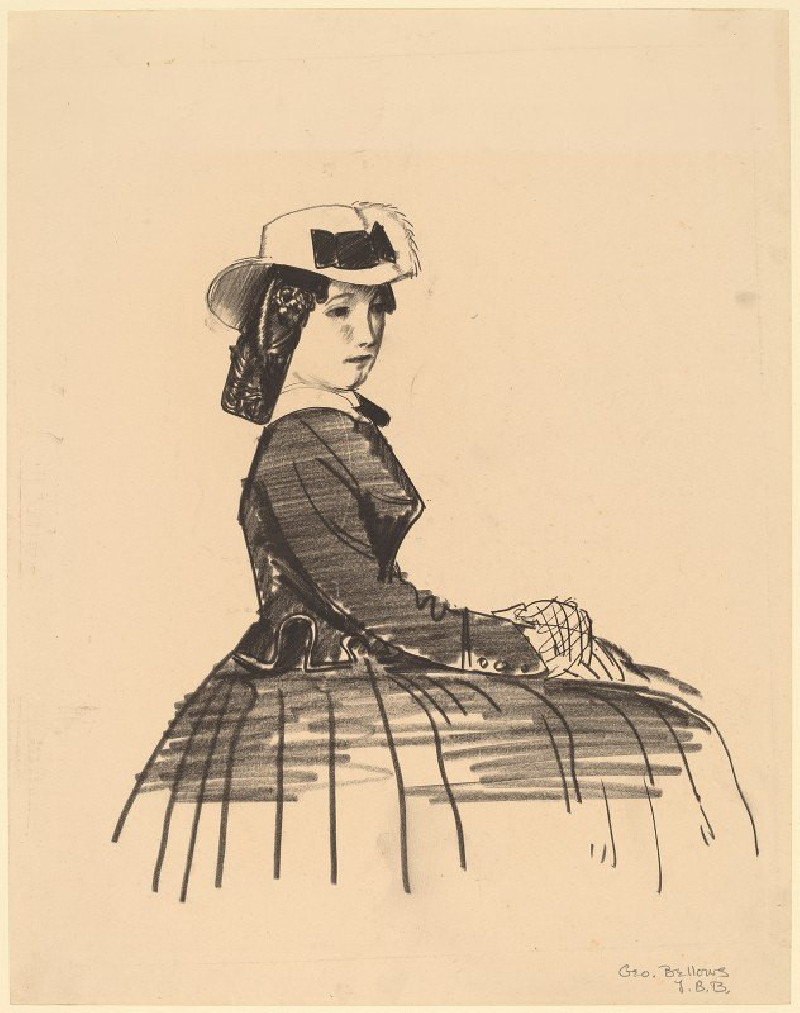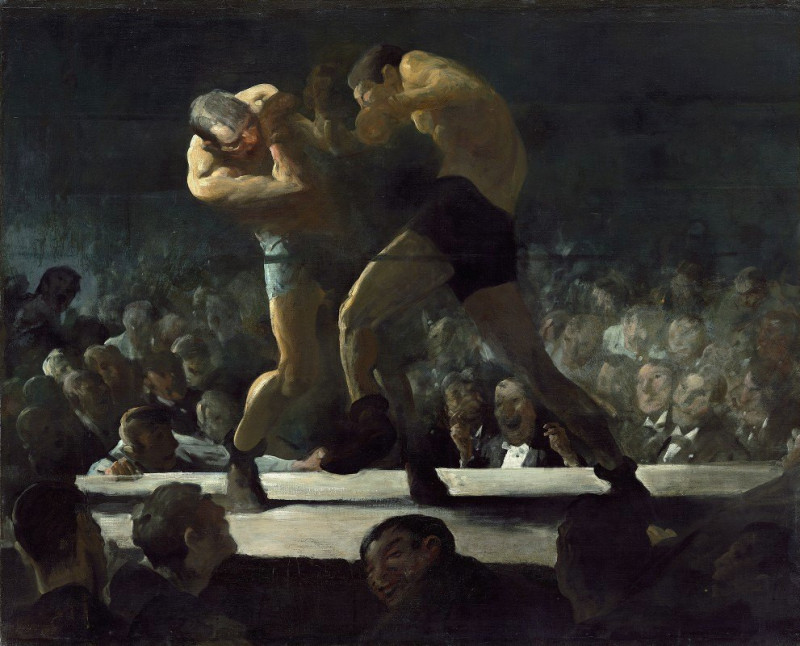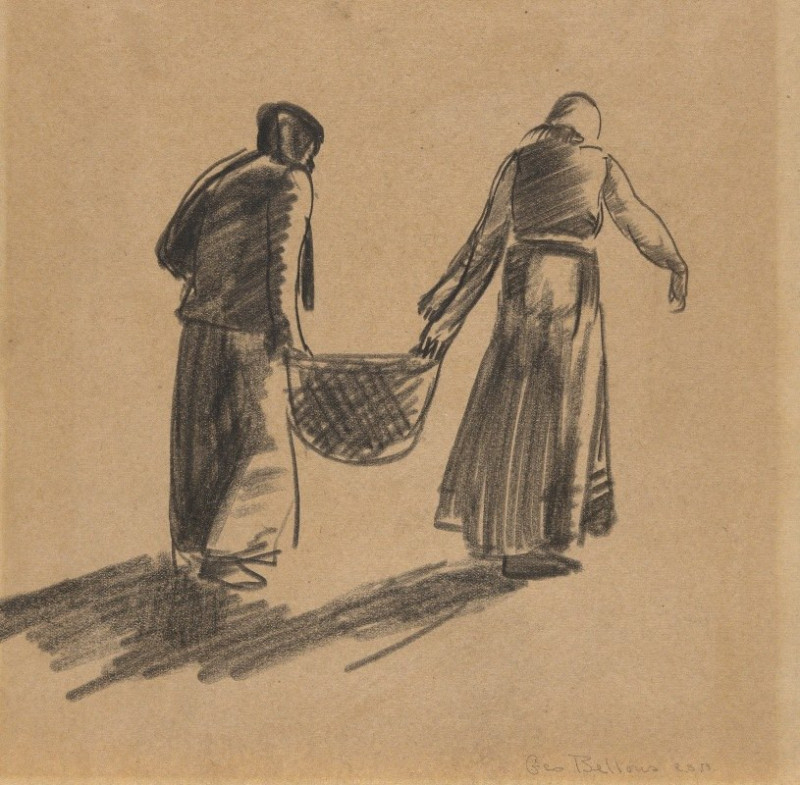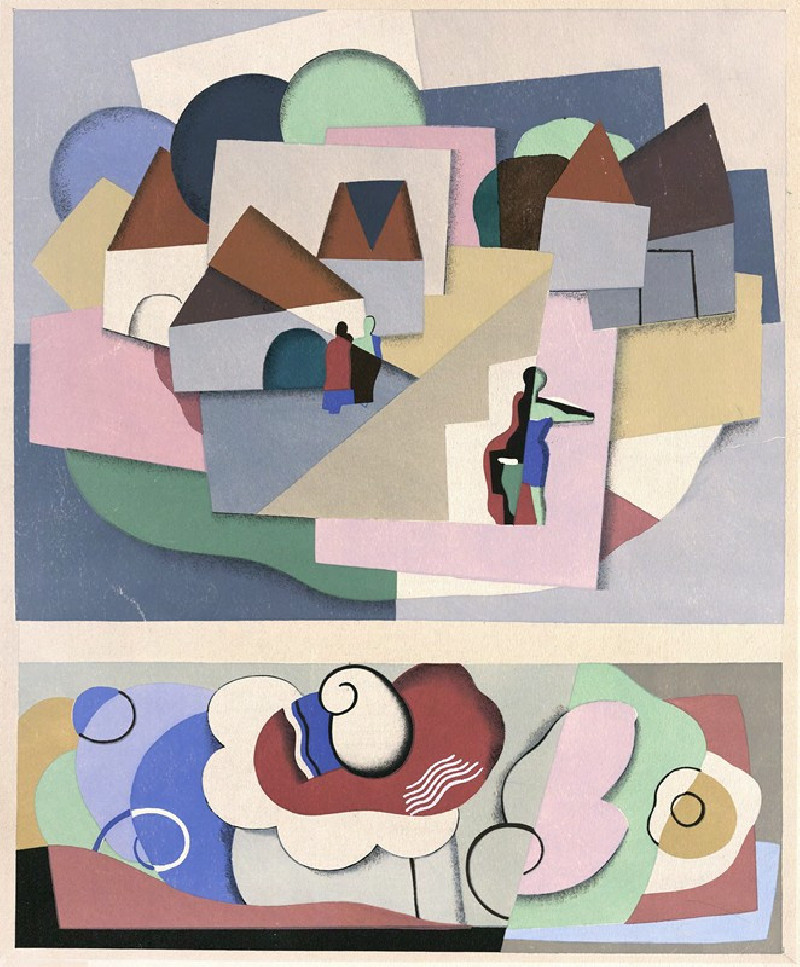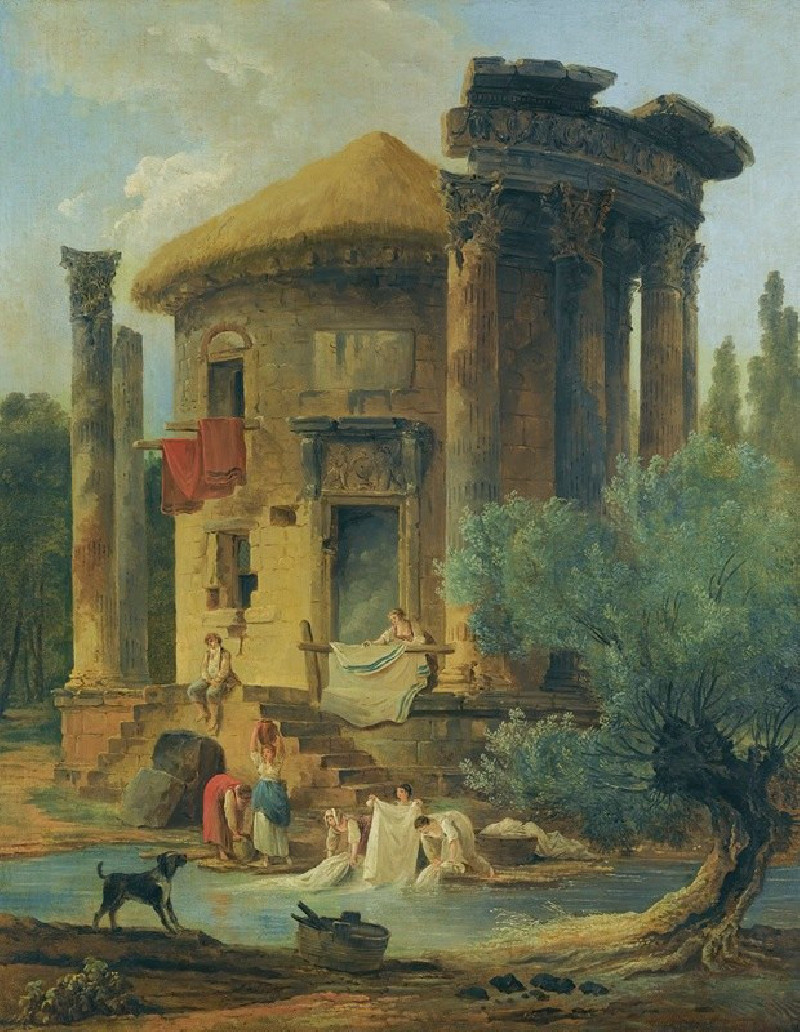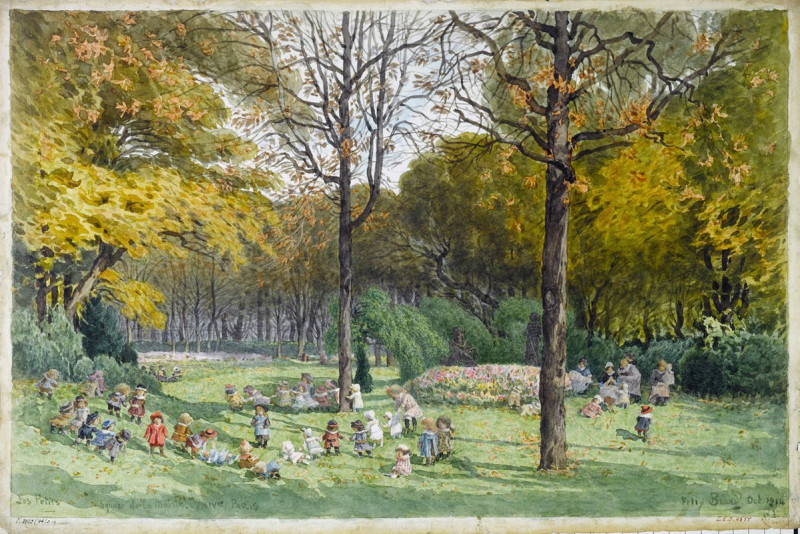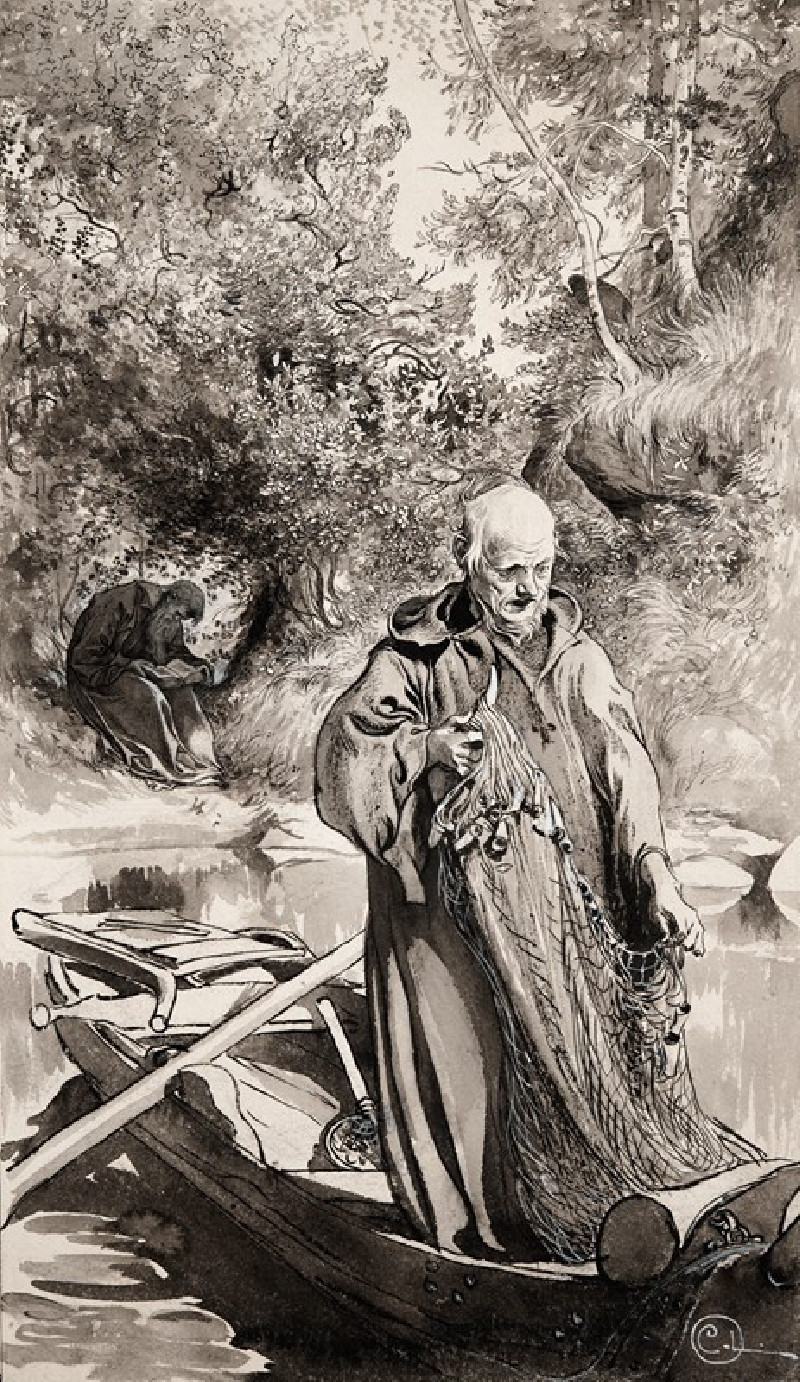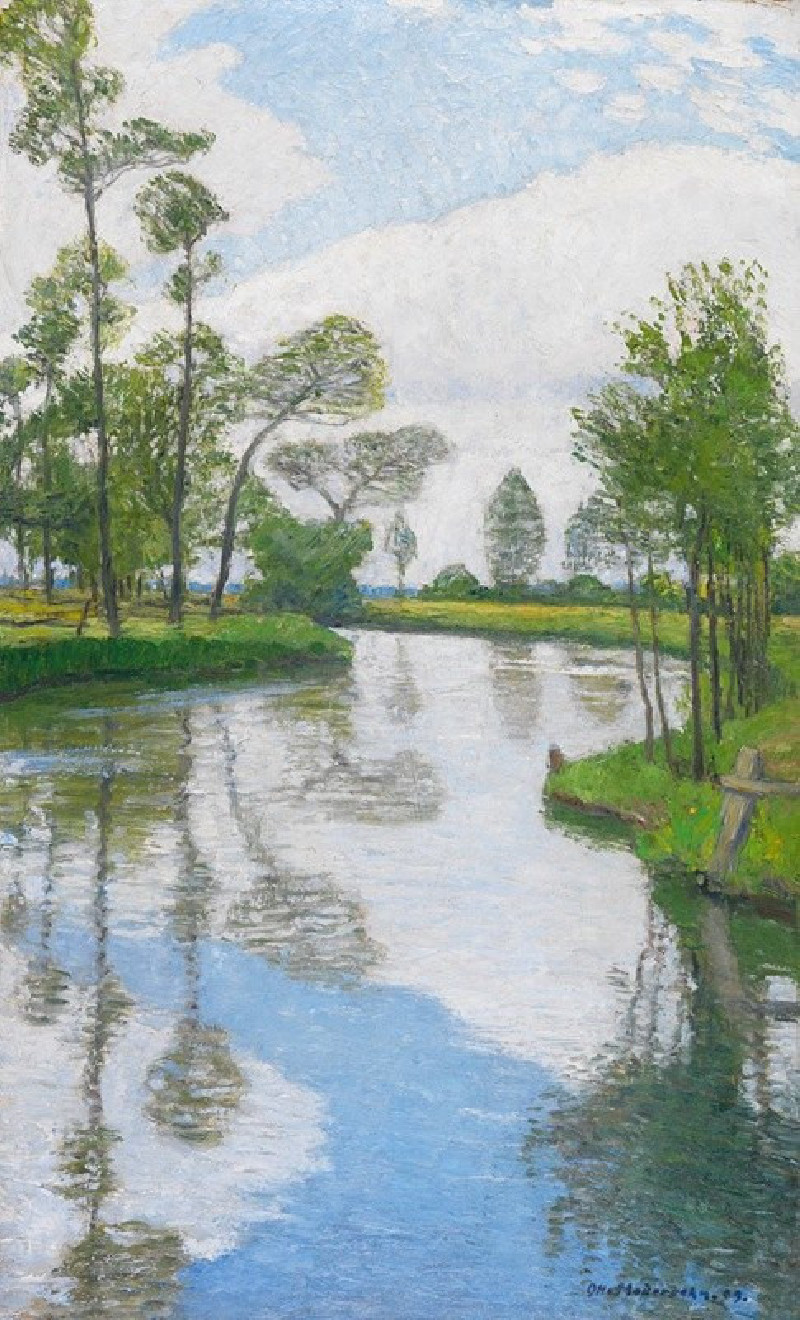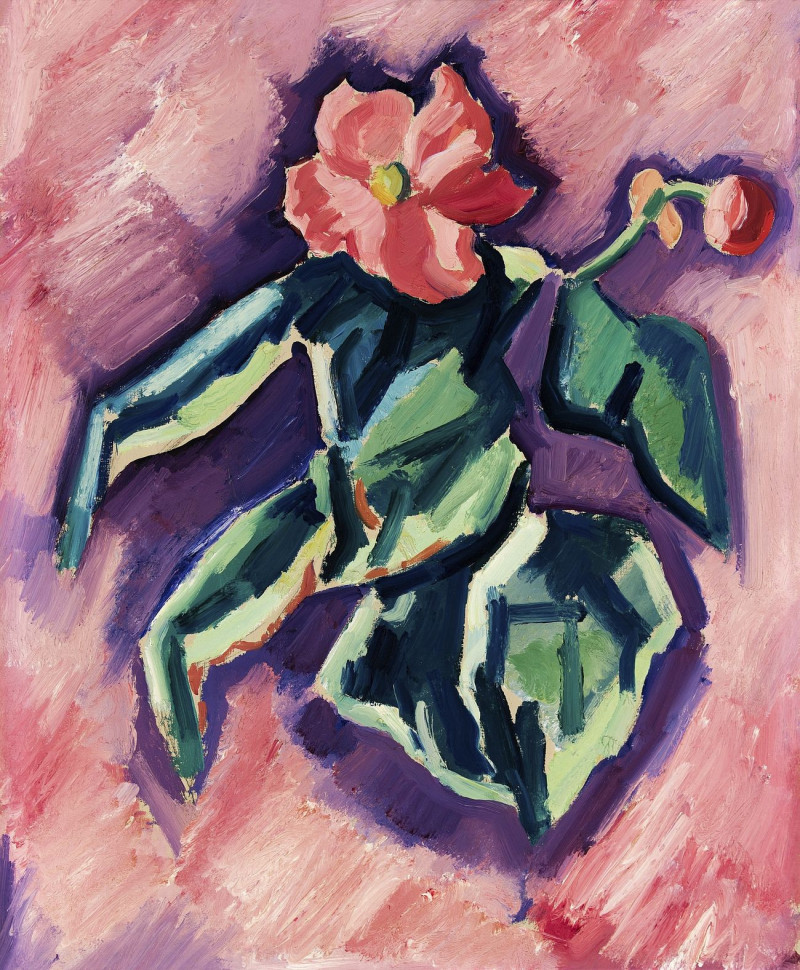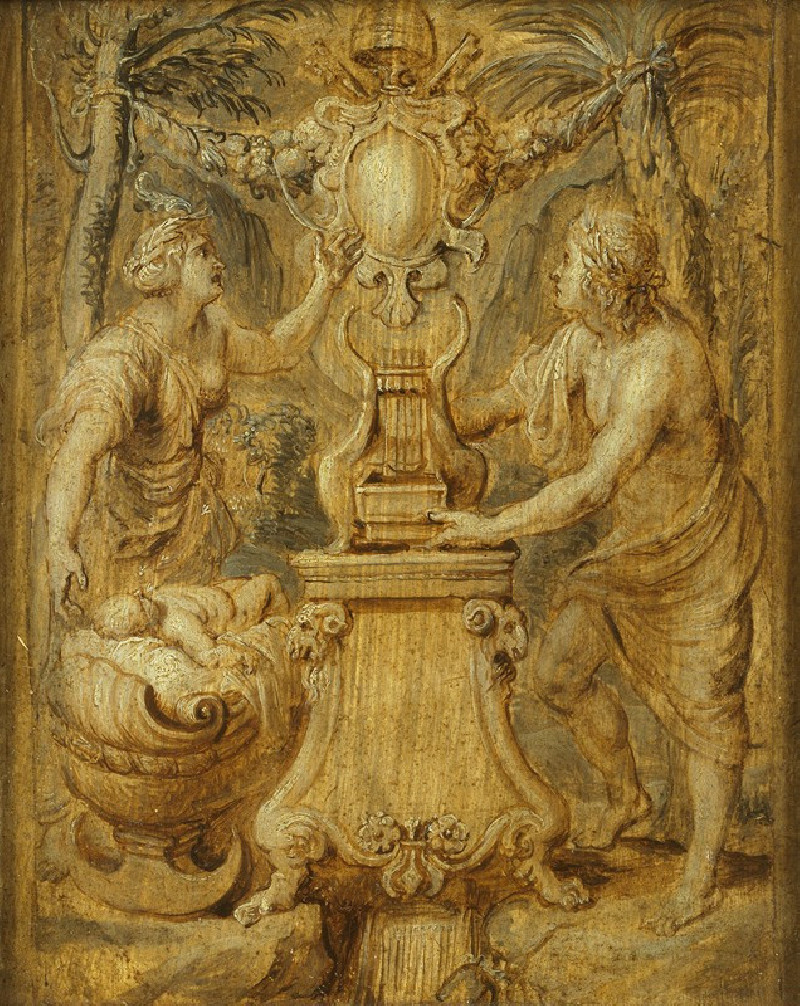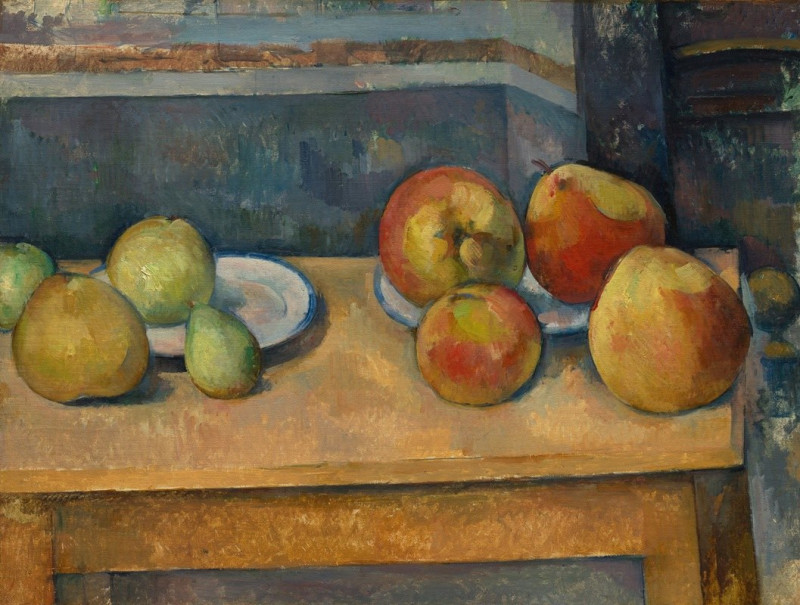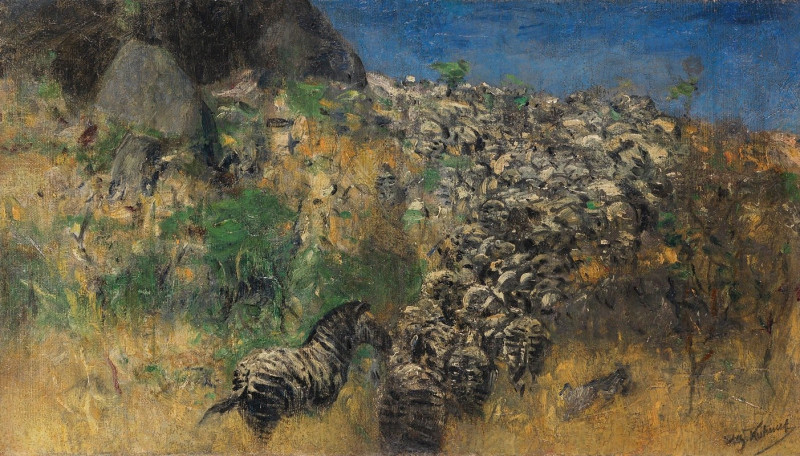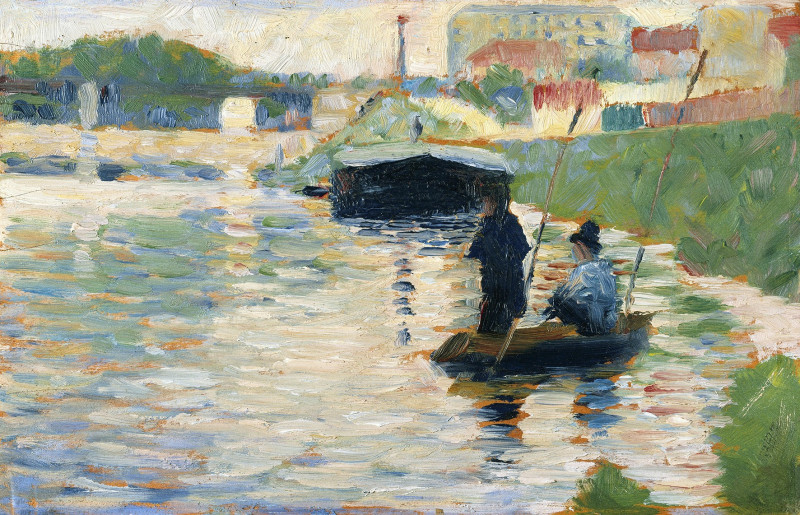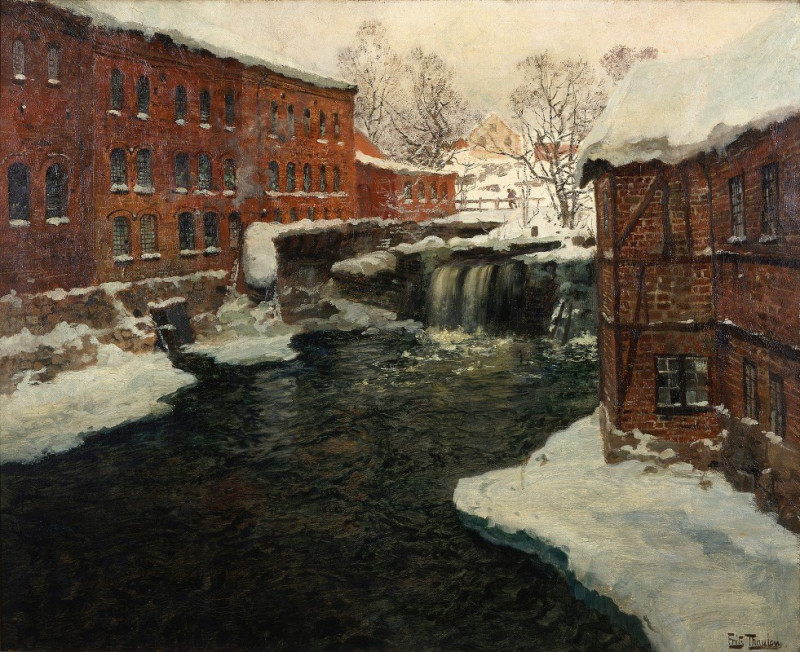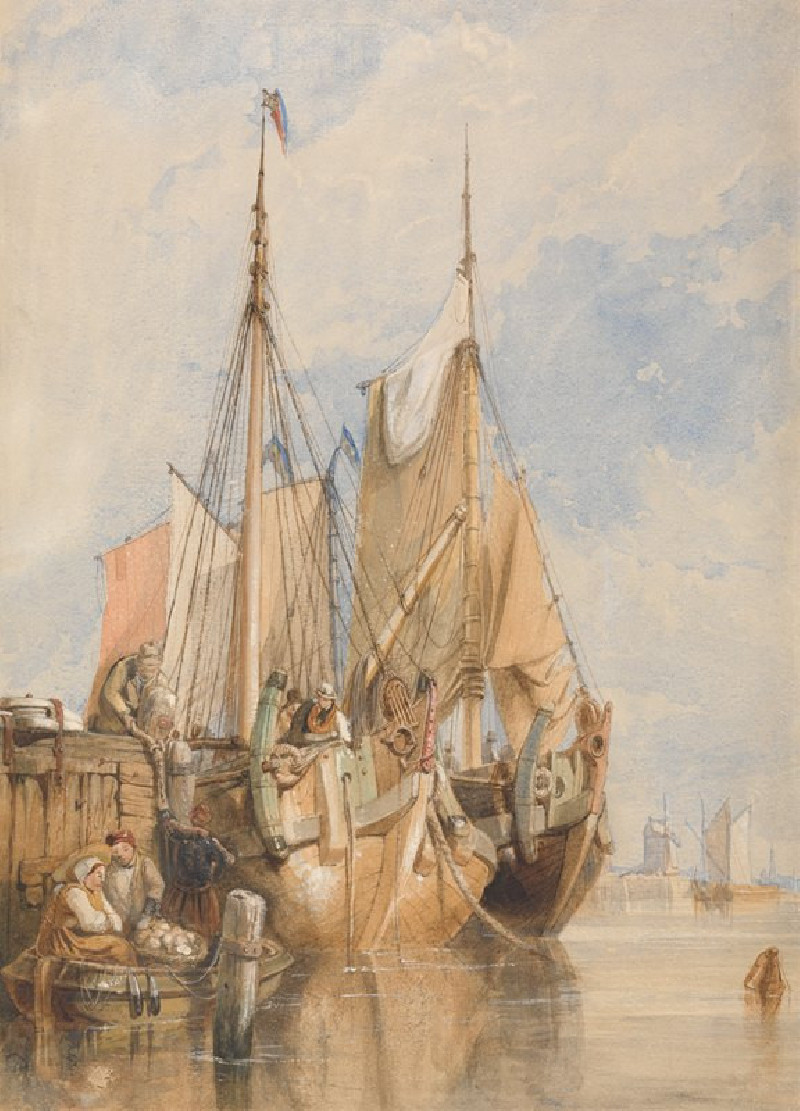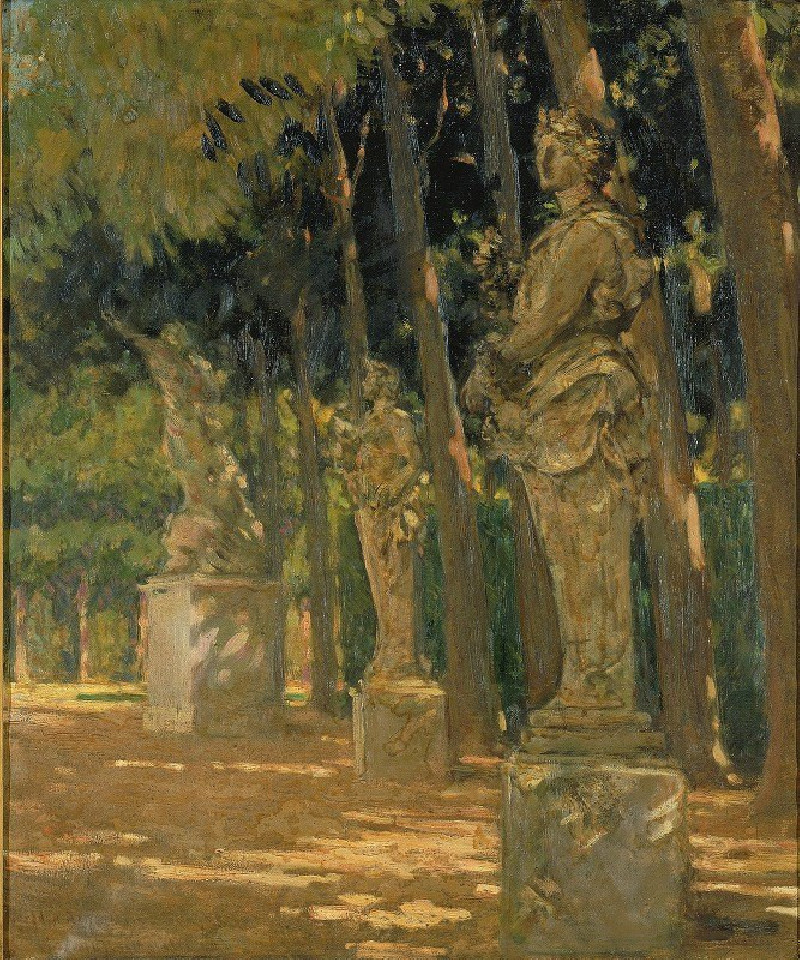New York (1911)
Technique: Giclée quality print
Recommended by our customers
More about this artwork
George Wesley Bellows’ painting "New York (1911)" captures the pulsating energy and bustling life of early 20th-century Manhattan. This vibrant work is filled with the dynamic interplay of light, color, and movement, reflecting the rapid changes the city was undergoing during this period.The scene is set on a busy New York street where the chaos and vitality of city life are palpable. In the foreground, throngs of people of various attire — suggesting different walks of life — swarm the streets, intermingling with horsedrawn carriages and early motorized vehicles. This mixture highlights the transitional period from traditional to modern forms of transport, a key feature of this era.Bellows masterfully uses a moody color palette, dominated by grays and earth tones punctuated with splashes of vibrant colors; the yellow of a carriage and the reds and greens of streetcars grab the viewer’s attention. High-rise buildings loom in the background, their towering forms engulfed in a wintry, dimly lit atmosphere that suggests the coldness of the season and the industrial smoke-filled air.With advertisements peppering the buildings, signaling the rise of commercialism, Bellows not only captures a physical tableau but also encapsulates the economic and social currents of the time."New York (1911)" is not just a visual record; it is an evocative reflection on the transformation of urban life at the turn of the century, emphasizing the relentless pace of progress and the ever-changing human landscape.
Delivery
Returns
George Wesley Bellows (August 12 or August 19, 1882 – January 8, 1925) was an American realist painter, known for his bold depictions of urban life in New York City. He became, according to the Columbus Museum of Art, "the most acclaimed American artist of his generation".


